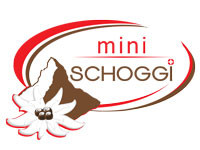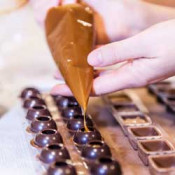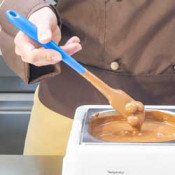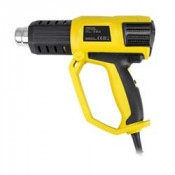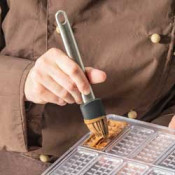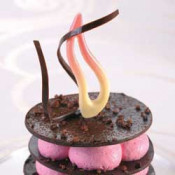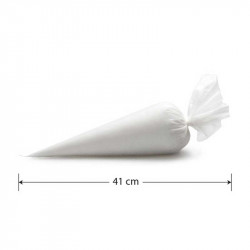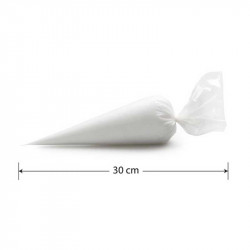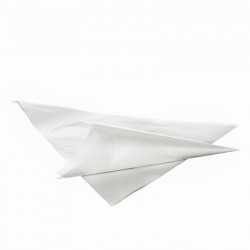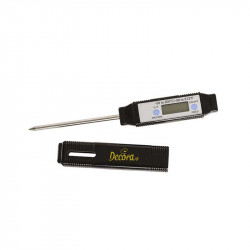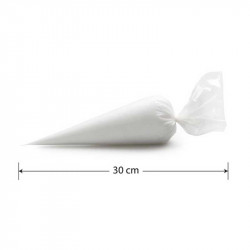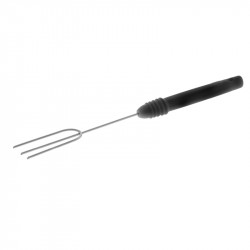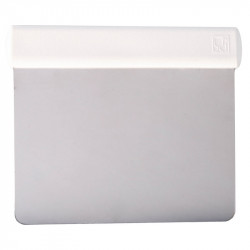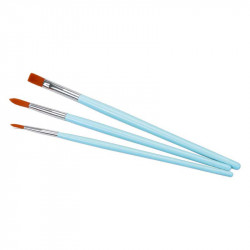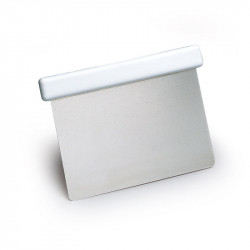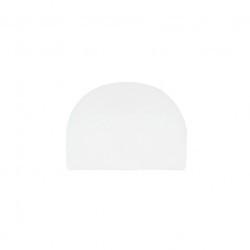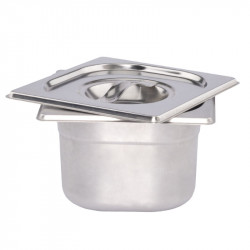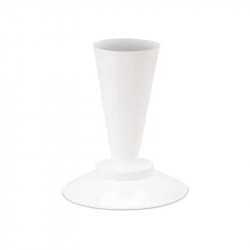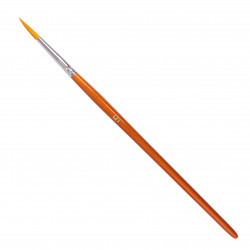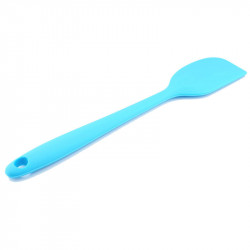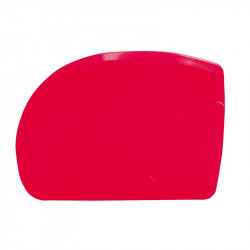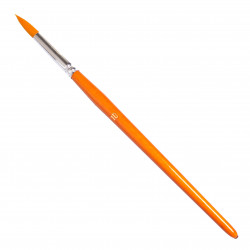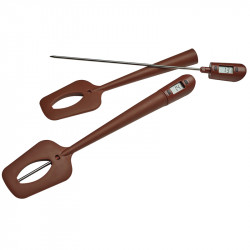A Mail deliveries
Order by 4 pm = delivery the next working day.
Free delivery
From CHF 100 purchase
-
MenuBack
-
Online Store
-
-
-
- Couverture
- Temperature control units
- Aids for chocolate
- Chocolate molds
- Praline fillings
- Chocolate ingredients
- Praline hollow body
- Chocolate colors
- Chocolate tattoos
- Chocolate packaging
- Bean to Bar
- Material for cutting chocolates
- Batons with Kirsch
- Airbrush for chocolate
- High Heels Accessories
- Textured films for chocolate
- Chocolate fountain & fondue
-
-
-
-
-
- Cakes Fillings & Ingredients
- Fondant & Marzipan
- Cakes tools
- Cake rings
- Silicone molds
- Decorative mats
- Baking pans for cakes
- Cake stand
- Cakes packaging
- Airbrush for cakes
- Sugar flowers accessories
- Cake Topper & Wedding Figurines
- Cakes dummies
-
-
-
-
-
-
-
-
-
-
-
-
-
-
-
-
-
-
-
-
-
-
-
- Baking chocolate
- Glucose & Sorbitol
- Cocoa beans
- Cocoa nibs
- Monin syrup
- Champagne & Alcohols
- Freeze dried fruits
- Cake & cake glaze
- Flours & baking ingredients
- Chocolate coating & chocolate
- Milk powder
- Granules
- Nuts & Nougat
- Fruit puree
- Creams & Fillings
- Egg yolk & egg white
- Fruit powder
- Special ingredients
- Fondant & Flower Paste
-
-
-
-
-
-
-
- Punching, cutting & embossing
- Mixing bowls & whisks
- Chocolate material
- Thermometer & Burner
- Gloves & Protective Material
- Smoothing & Modeling
- Roll out bar
- Dough scraper & horn
- (Flour) sieves
- Brushes & Tweezers
- Cake turntable
- Spatula & Spatula
- Silicone embossing molds
- Insert strips & cake slices
- Measuring cup
-
-
-
-
-
-
-
-
-
-
-
-
-
-
-
Schablonen & Stencils
-
-
-
-
-
-
-
-
-
-
-
Courses
-
-
- Current courses
- Praline courses
- Chocolate courses
- Chocolate kiss course
- Macaron courses
- Cake courses
- Baking courses
- Patisserie courses
- Ice cream course
- Guetzli, Cookie & Confectionery Courses
- Bread courses
- Pasta courses
- Apéro course
- Cooking courses
- Cupcakes courses
- Éclair course
- Courses in Zurich - Adliswil
- Children's courses
-
-
- Team Events
- Hen Night
- Retail Store
-
About Us
-
-
-
DirectionsDownload relevant PDF now.
-
-
-
Recipes blog
-
-
Recipes Blog
-
-
-
Shipping and Payment
-
- Online Shop
-
- Novelties
- Sale
- Gifts Cards
- Stencils & Stencils
- Chocolate and pralines
- Couverture
- Temperature control units
- Aids for chocolate
- Chocolate molds
- Praline fillings
- Chocolate ingredients
- Praline hollow body
- Chocolate colors
- Chocolate tattoos
- Chocolate packaging
- Bean to Bar
- Material for cutting chocolates
- Batons with Kirsch
- Airbrush for chocolate
- High Heels Accessories
- Textured films for chocolate
- Chocolate fountain & fondue
- Couverture
- Cakes & Pies
- Ice cream
- Bread
- Macarons
- Hearty
- Recipe booklets & books
- Cupcakes
- Dessert
- Cake Pops
- Edible decorations
- Fillings & Ingredients
- Glucose & Sorbitol
- Cocoa beans
- Baking chocolate
- Cocoa nibs
- Monin syrup
- Champagne & Alcohols
- Freeze dried fruits
- Cake & cake glaze
- Milk powder
- Flours & baking ingredients
- Chocolate coating & chocolate
- Granules
- Nuts & Nougat
- Fruit puree
- Creams & Fillings
- Egg yolk & egg white
- Fruit powder
- Special ingredients
- Fondant & Flower Paste
- Food Colors
- Auxiliary means
- Spouts & piping bags
- Fondant, marzipan, flower paste
- Bakeware
- Aprons & Potholders
- Cookie cutters
- Season
- Candles
- Party accessories
- Cocktail
- Cookie & cookie tins
- Tableware
Aids for chocolate
Unterkategorien
There are 171 products.
Active filters
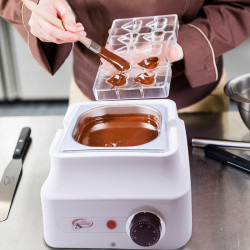
miniSchoggi tempering device for couverture and chocolate
What tools are there for processing chocolate and what are they used for?
There are countless tools and little helpers for chocolate processing, so it's easy to get a little overwhelmed if you're new to the sweet world of chocolate. Here you will find a brief description of the most important accessories.
Temperature control units
Tempering is essential if the melted couverture is to solidify again with a beautiful shine. The type of crystals formed is determined by heating and cooling and the couverture is tempered. Tempering can also be done by tablizing or adding pre-crystallized cocoa butter, but this method is definitely the easiest and most reliable. Tempering devices are extremely useful for easily maintaining the desired temperature. Tempering also works in a water bath, but requires a little more attention.
Thermometer & hairdryer
A thermometer is the most important tool for tempering couverture. Whether melted in a water bath or in a tempering device, with a thermometer you always know how warm the chocolate is and when it is ready for processing.
A hairdryer, as strange as it may sound, can also be useful. With a hot air blower, you can heat up your couverture in an instant and speed up the tempering process considerably.
Piping bag and cornet paper
Piping bags are extremely important for various sweet creations in the patisserie, cake and baking sector. They can also be used in a variety of ways in the world of chocolate. With a disposable piping bag, decorative, chocolate bar and praline molds can be filled with couverture in no time at all, and after the latter has solidified, the hollow shapes are filled with ganache. Fruit seeds or liqueur can also be placed in the matching hollow molds in this way. A piping nozzle is used in addition to the piping bag to shape the ganache.
Some tasks require less bulk and more finesse, in which case paper cornets are used. Cornets are rolled from the fine glassine paper. We also offer the cornets already rolled and ready to use. The rolled bags are filled with tempered couverture and folded closed. The opening can be cut a little larger if required and filled chocolates can be sealed, fine details such as eyes or noses can be added to chocolate animals, figure shapes can be made up or filigree lettering can be conjured up.
Rubber & dough scraper
Rubber scrapers can be useful for almost any creation, and chocolate is no exception. Scrapers allow you to mix liquid couverture and both soft and firm ganache evenly. This also prevents some of the couverture from sticking to the edge of the bowl and getting too hot in the corners of the tempering device.
Brush for chocolate
We offer different types of brushes for two main purposes. We recommend a fine brush for making up figure shapes, i.e. painting on fine details such as eyes or noses, and for applying colored cocoa butter in the chocolate mould. These are of course also suitable for other masses such as egg white icing.
As with unpainted chocolate bar molds, a brush with classic hairs can also be used to roughly brush the mold afterwards, but we particularly like to work with a silicone brush. This spreads the couverture well, is guaranteed not to lose any hair and allows for quick washing and drying afterwards.
Spatulas & tremping forks
If you want to create a cake with a cake drip, pour out a figurine, tablet or praline shape or pat your couverture, a spatula or a sturdy pastry horn are essential. A long spatula can be used to spread a variety of batters evenly, which is very important for cake toppings and tablé. Excess chocolate can easily be scraped off the surface between the praline, bar or bar indentations using a metal horn. This makes the finish nice and smooth and you don't lose any couverture in the gaps.
Dipping forks are used to coat chocolates with couverture. Round chocolates are dipped in and lifted out again with a round fork. If required, a truffle pattern can then be created using a serrated stamping fork and a cooling grid. A serrated stamping fork is also used for pralines with a flat base.
Chocolate decoration material
Whatever shape of chocolate you want to decorate, you will find the right tools here. All you need for an elegant chocolate seal is some well-tempered couverture and a suitable stamp. It is similar with chocolate tattoos, you only need to cut the couverture to size once it has set slightly and is waxy. You will then have elegantly colored chocolate chips. You can also create your own painted flakes by painting a textured film with colored cocoa butter and allowing the couverture to harden on it. For an elegant chocolate spiral, you will also need a chocolate comb and a cake insert strip. A plastic that is suitable for chocolate is often used to harden the creations. For chocolate flakes, these are the chocolate tattoo foils or the textured foils, for spirals the cake insert strips and for leaves, for example, which are made with specially shaped spatulas, it is best to use slightly larger PVC foils. A baguette baking tray also makes shaping easier. If you would like to learn more about making fine chocolate decorations, our chocolate decorating course is just the thing for you! Here you will learn many ways to make sweet decorations. These include elegant leaves, subtle rings or the classic striped chocolate rolls and much more.
What tools are important for making pralines?
Depending on the type of pralines, you will of course need slightly different tools. If you are making molded chocolates including the shell yourself, the most important thing is of course the chocolate mold itself. You can find various great chocolate molds in our online store. As the whole process also takes a little more time, a tempering device can be very useful to keep the couverture at the right temperature while you eat.keep the couverture at the right temperature while eating, but it is not absolutely necessary. We recommend using a silicone brush to brush the mold. The mold is then filled with couverture and emptied again so that only a thin layer remains. A chocolate hammer is ideal for getting rid of air bubbles and tapping out the excess couverture, but a rubber scraper can also be used. The surface of the mold is then cleaned with a metal horn. From here on, the same material is required as for store-bought hollow praline molds.
Using a piping bag, fruit jelly, melt-in-the-mouth ganache or even liqueur are filled into the matching trays. Cornet paper is used for sealing.
Cut pralines are pre-formed using baking paper, rolling pin and, if necessary, a piping bag or spatula. The large slab is then cut into equally sized pieces using a cutting harp or by hand.
Spritzpralinen are, as the name suggests, made with a piping bag. The firm ganache is piped onto a chocolate drop or other firm base such as a nougat flake using a suitable nozzle.
A similar procedure is then followed for truffles, cut or piped pralines. The praline is placed upside down in the liquid couverture and then turned with a round or serrated stamping fork and lifted out again. Any excess chocolate is tapped off and scraped off and the praline is placed on a cooling rack or stamping paper. The latter ensures a nice finish without the little feet that would appear on baking paper. By rolling the truffles back and forth on a draining rack, you can create the classic hedgehog pattern with the small tips.
Using cornet paper and some couverture, you can add further decorations as required. For example, you can glue on pearls or pieces of nut, give a hedgehog praline little eyes or add filigree stripes to your truffles. Let your creativity run wild and find out how you can design your own perfect chocolates.
Finally, all you need is the right packaging or a beautiful bowl for serving and your handmade chocolates are ready to be given away or enjoyed.
